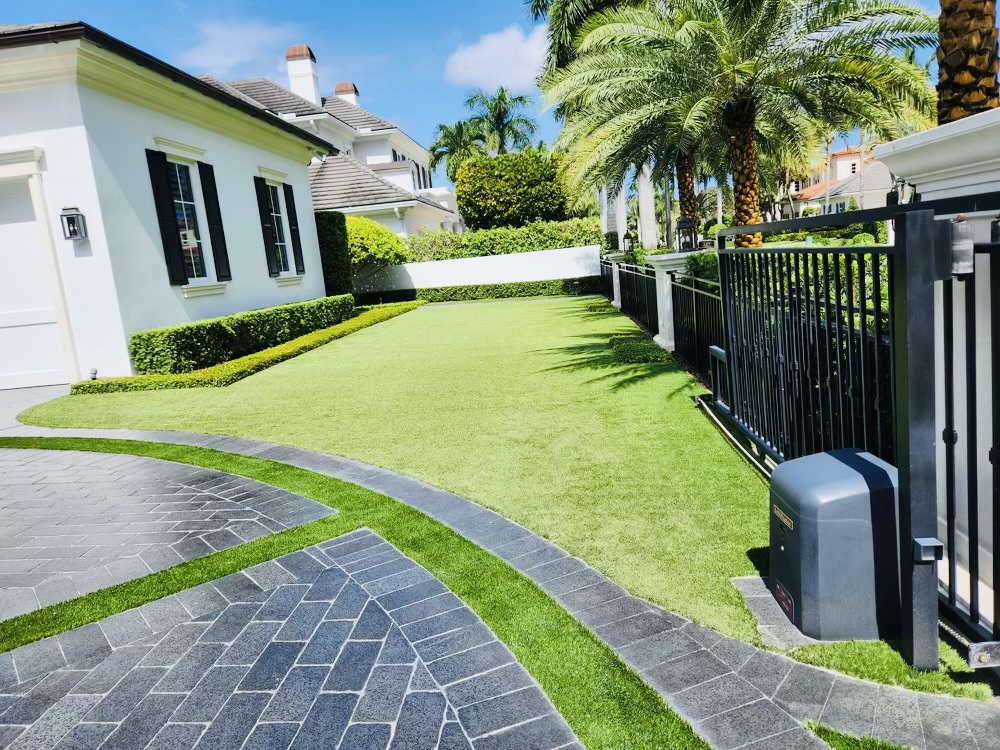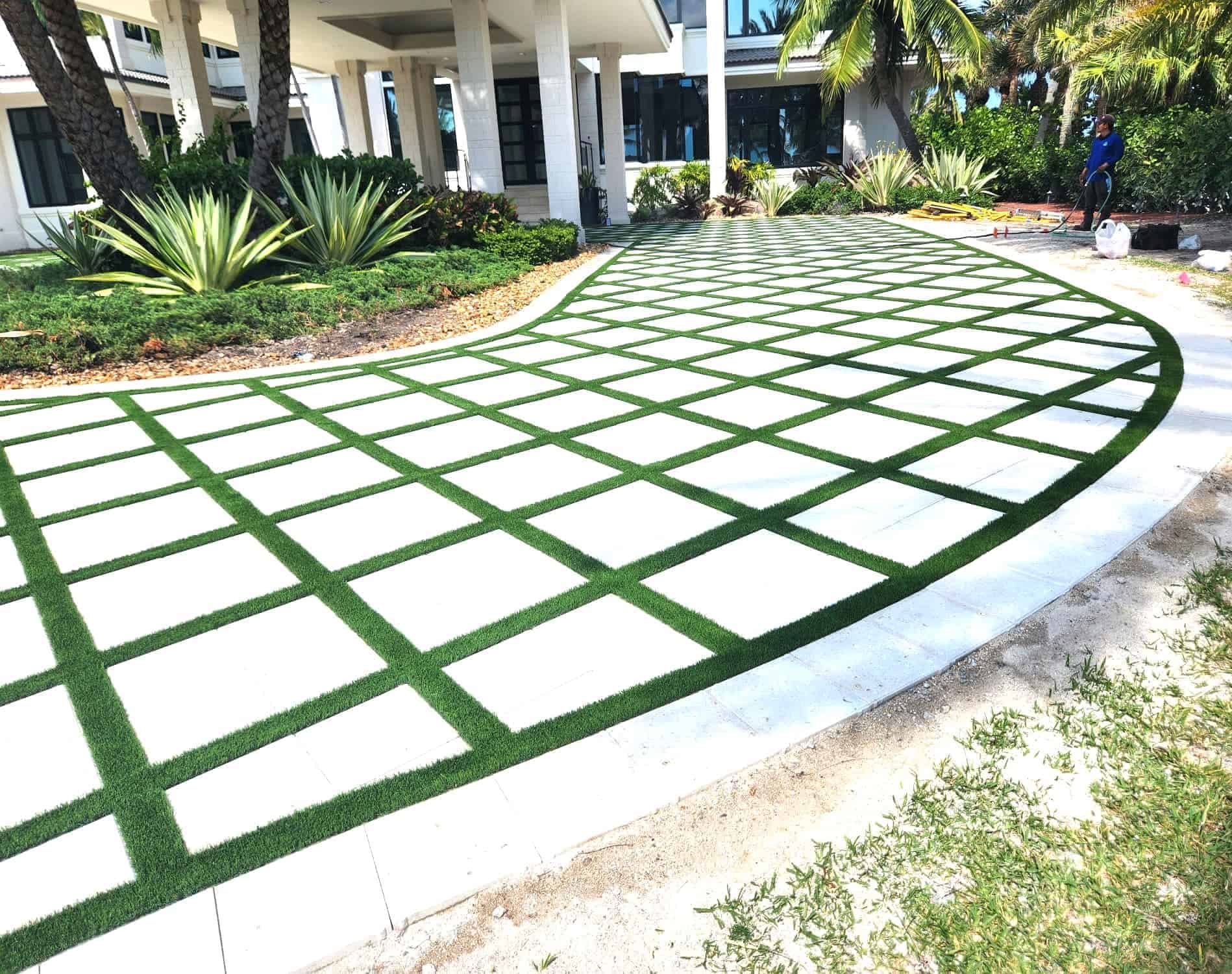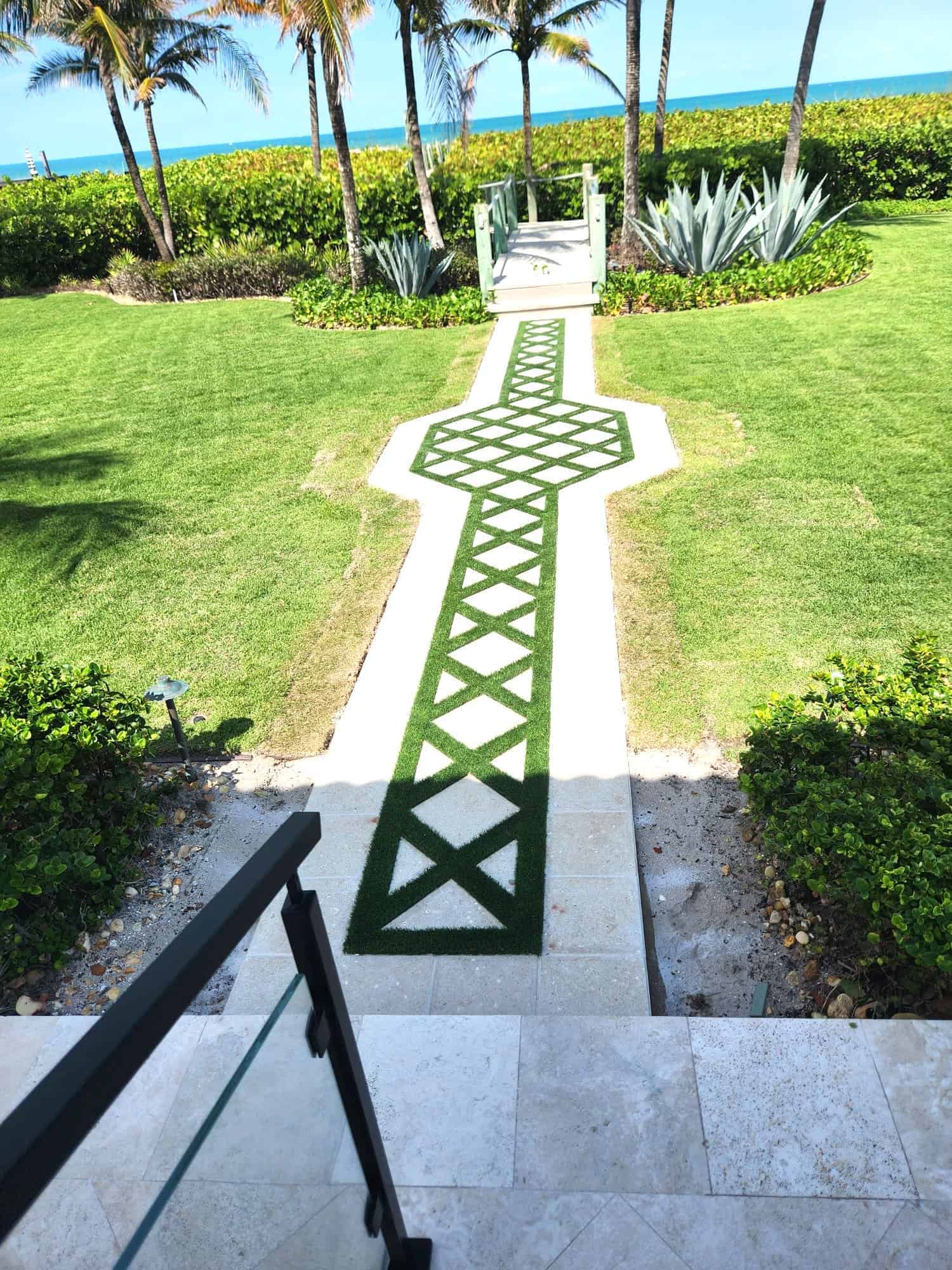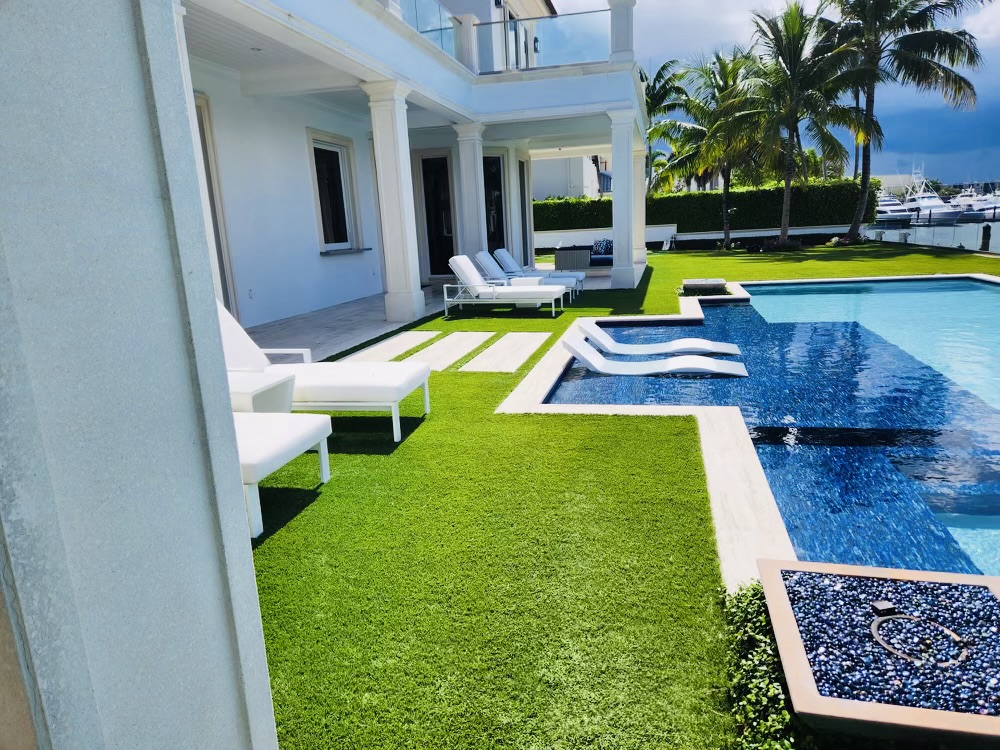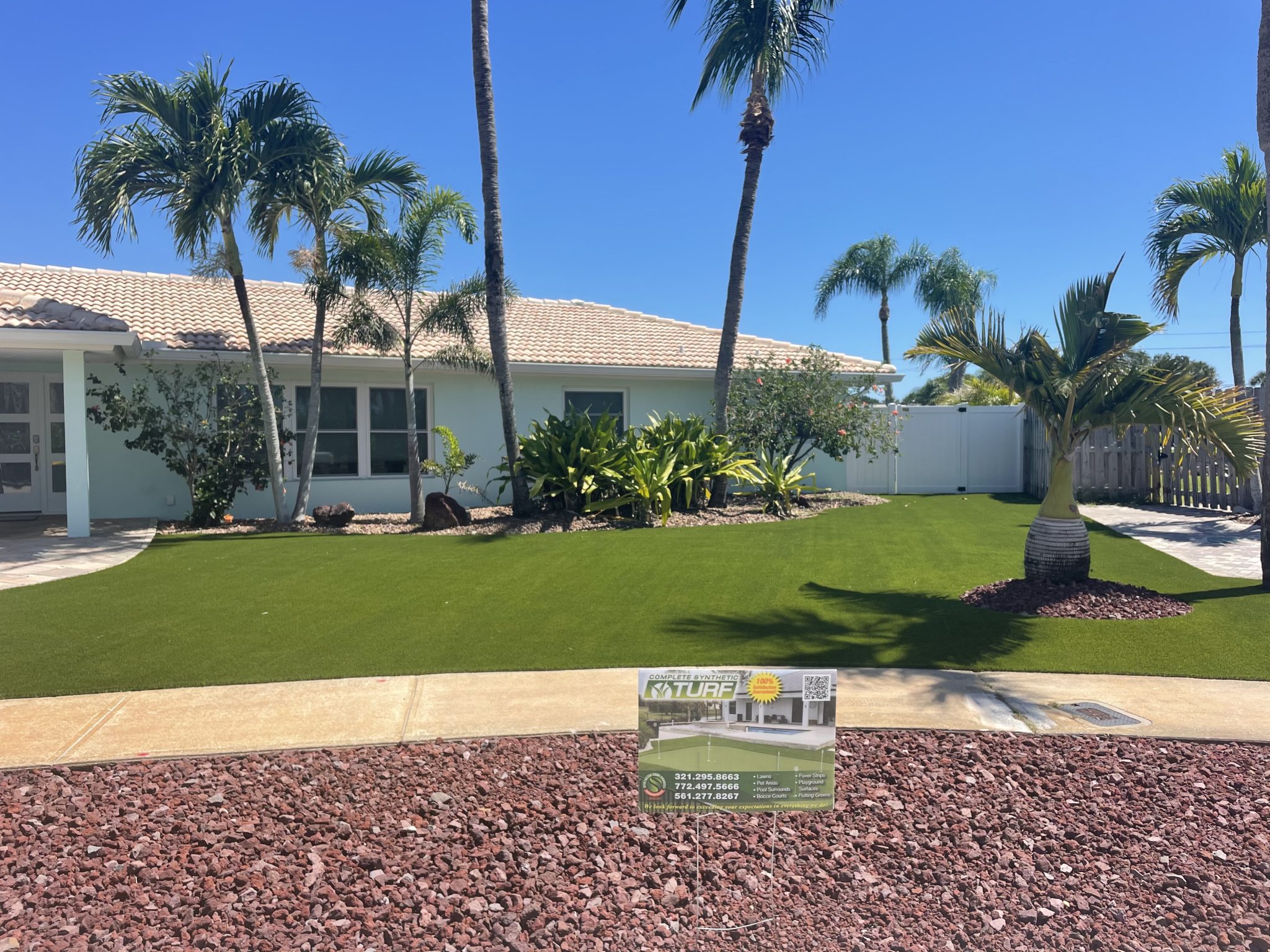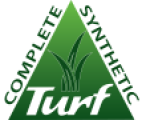Why Sports Fields are Choosing Synthetic Turf
Field owners are discovering that their best long-term investment is synthetic turf. Sports fields with synthetic turf promotes year-round use on a resilient and safe surface. Synthetic turf provides a  dependable, safe, lush and attractive landscape solution that also requires minimal maintenance and resources while saving millions of gallons of water each year.
dependable, safe, lush and attractive landscape solution that also requires minimal maintenance and resources while saving millions of gallons of water each year.
Aesthetics
Unlike natural grass, artificial turf stays green and looks fresh and lush year-round. Overused and unsafe playing fields simply cannot remain lush and resilient if it is used three to four days a week, in the rain or colder months. Over-used, the field will become an unsafe, rock hard, dirt field. Synthetic turf eliminates muddy areas and uneven ground so athletes can have safe, clean areas for maximum year-round use.
 Durability
Durability
Synthetic turf can withstand high traffic, spikes, digs, slides, and turns. All common practices for athletes on the field. Natural grass can be destroyed within just a few football, lacrosse or soccer games especially if you add in rain. Where the recreational play caused damage, natural grass could take up to weeks to regrow. Synthetic turf can withstand so much wear and tear unlike real grass while turf also reduces sports field maintenance.
Environmentally Friendly
Artificial grass requires no water to maintain. A typical grass sports field can use between 500,000 to a million gallons of  water each year. Synthetic turf allows businesses, communities, and towns to conserve water. Turf can also be made from recycled products while also reducing pesticides, fertilizer or weed control chemicals grass fields need to be maintained. Fake grass or turf eliminates the use of potentially harmful pesticides and fertilizers while also significantly decreasing maintenance costs.
water each year. Synthetic turf allows businesses, communities, and towns to conserve water. Turf can also be made from recycled products while also reducing pesticides, fertilizer or weed control chemicals grass fields need to be maintained. Fake grass or turf eliminates the use of potentially harmful pesticides and fertilizers while also significantly decreasing maintenance costs.
Safety
Communities need accessible, versatile play surfaces for the youth as well as for people of all ages. Parks and sports fields with synthetic turf promote year-round activity on safe and resilient surfaces. When a sports field is in poor condition, everyone who plays or uses the field is put at risk. For example, when natural grass is exposed to frequent or heavy rain, uneven spots, holes and dirt patches emerge. These areas pose as a hazard.
These damages areas can grow and worsen with time making the natural grass field causing more player accidents.
 Synthetic turf is becoming more popular for sports fields. Athletes appreciate an environment that is safe and facilitates smooth, fluid movement.
Synthetic turf is becoming more popular for sports fields. Athletes appreciate an environment that is safe and facilitates smooth, fluid movement.
Read more on sports turf here and contact us for a free design and install consultation!

